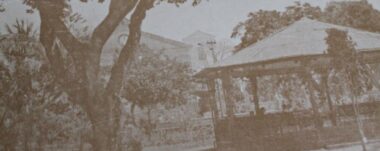From Colony to Freedom: Independence of Central America
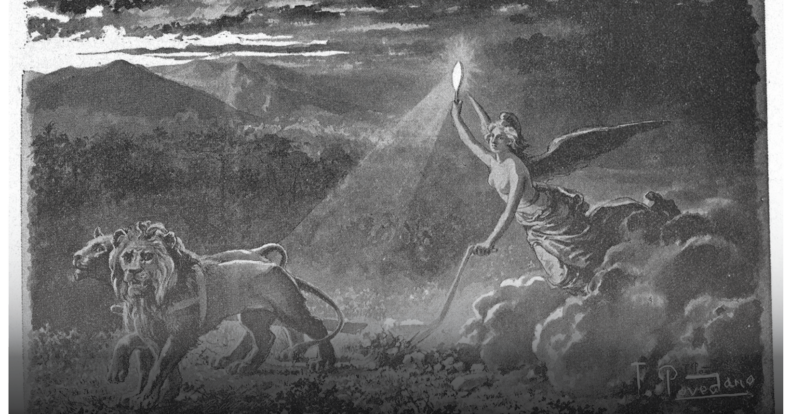
Independence of Central America
During 1818, the ruthless Captain General José de Bustamante Guerra left power because the Spanish Crown needed him in the ranks of the Royal Armies. He was replaced by Carlos Urrutia, a man of weak character, in whose government the independentistas gained ground. In 1820, the King of Spain, Ferdinand VII, was forced to reestablish the Cadiz Constitution of 1812 by the liberal coup d’état led by Rafael del Riego. As a result, freedom of the press was implemented in Central America. The Riego Revolution, in Spain, reestablished the validity of the Cadiz Constitution. The Captain General of Guatemala, Carlos Urrutia, swore the Constitution in July of that year and, shortly after, elections were called to elect City Councils and Provincial Councils.
1821: The Decisive Year for Central American Independence
The same year, Doctor Pedro Molina Mazariegos, leader of the liberal Creoles, began to publish “El Editor Constitucional”, a newspaper in which he criticized the colonial government, defended the rights of Central Americans and promoted independence. In Mexico, the revolution that had begun in 1810 had been put down by the Spanish authorities, but with the new rupture of the constitutional order in Spain, the Creole forces rose again, this time by the hand of Count Agustín de Iturbide, together with other rebels, declared independence from Spain through the Plan de Iguala on February 24, 1821 and even offered the throne of New Spain to King Ferdinand VII, given his weak position in the Spanish government at that time.
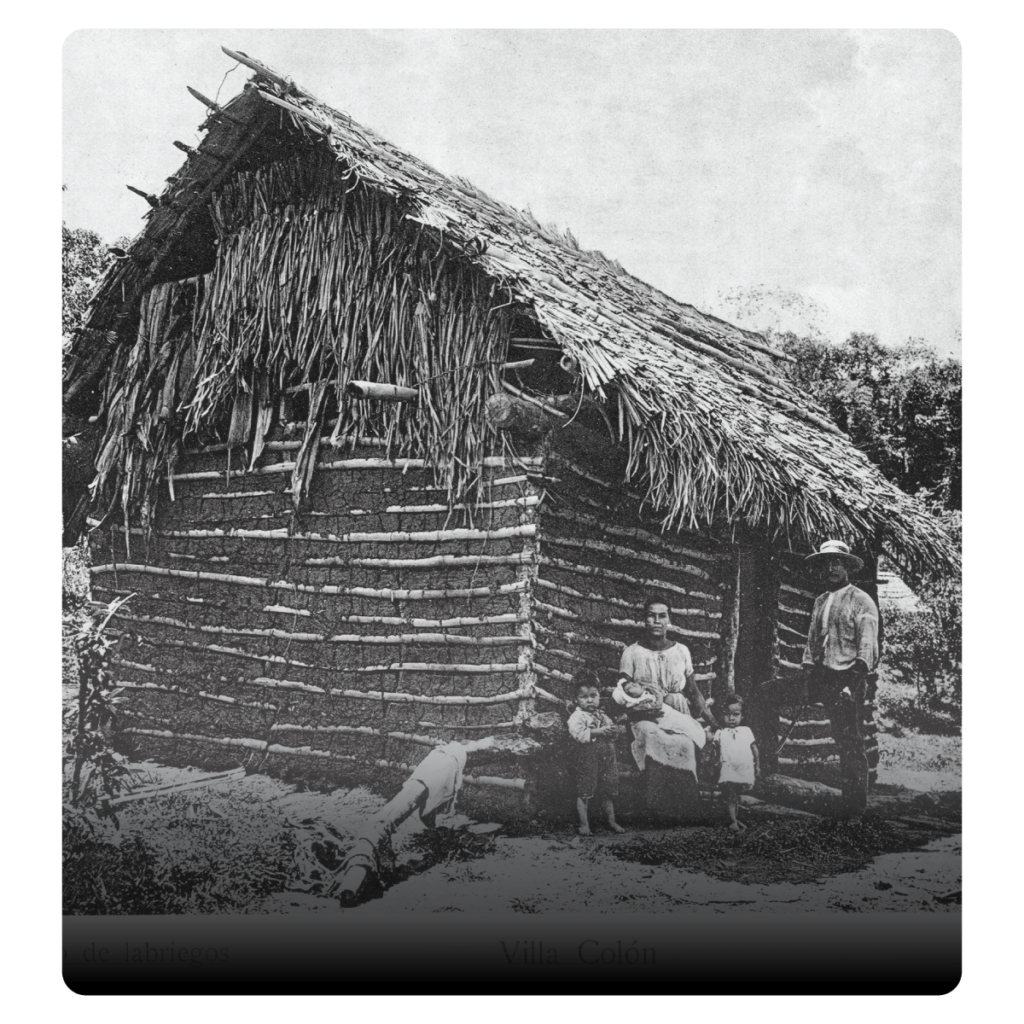
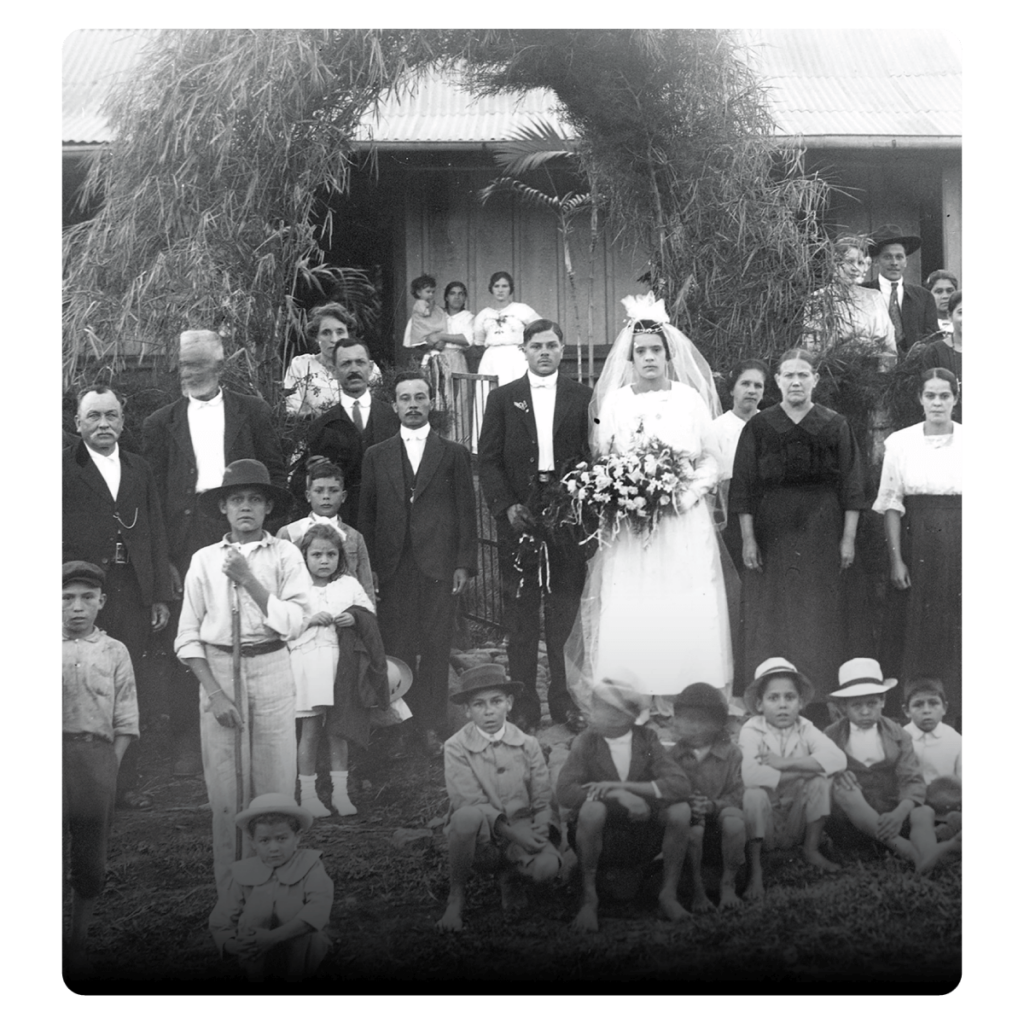
This news disconcerted the Guatemalan authorities and, at the same time, served as a stimulus to the pro-independence cause. On March 9, the pro-independence liberals pressured Captain General Carlos de Urrutia to leave his post, which was occupied by the Sub-Inspector of the Army, Gabino Gaínza, who had recently arrived in Guatemala. Although he initially made it public knowledge that he would not tolerate independence movements, under his command Central America experienced social unrest of intolerable levels that forced the provincial deputation and the aristocratic Creoles to ask Gaínza for a meeting to discuss the difficult issue of independence.
Independence of Central America: From 1821 to 2021
Two hundred years have passed since Central America broke the chains that bound it to Spain. Our country, along with Guatemala, Honduras, El Salvador and Nicaragua, was part of that event that enabled it to begin an era full of hope. After the Aycinena family negotiated the independence of Central America with Captain General Gabino Gaínza on September 15, 1821, a deep crisis arose in León de Nicaragua.
While in the city of Granada a town meeting was held with the presence of Spanish authorities and the Creole town council, declaring their agreement with independence from Spain, in the province of Leon they recognized independence, but under a series of conditions. This Leonese declaration is known as the “Acta de los Nublados” (Act of the Clouds). The separation was carried out without bloodshed. Spain, exhausted by the war against the French and the war it was still waging in South America, could no longer intervene in Mexico or Central America. Riego’s Liberal Revolution also contributed to the detention in the Peninsula of the troops that were ready to embark for the American colonies.
Costa Rica on Hold: “Until the Clouds of the Day Clear”
Costa Rica became independent from the Spanish Empire on September 15, 1821, together with the other provinces of the former Captaincy General of Guatemala. The independence, decided in Guatemala, had gone unnoticed by the Costa Ricans, who found out about it by surprise when the news arrived in Cartago on October 13, 1821, when Captain Juan Manuel de Cañas was governor.
Along with this news of independence came a document dated September 16, 1821, written by Licenciado José Cecilio del Valle and signed by Captain General Gabino Gaínza. Another document also arrived known as the “Acta de los Nublados”, written in Leon, Nicaragua, on September 28, 1821.

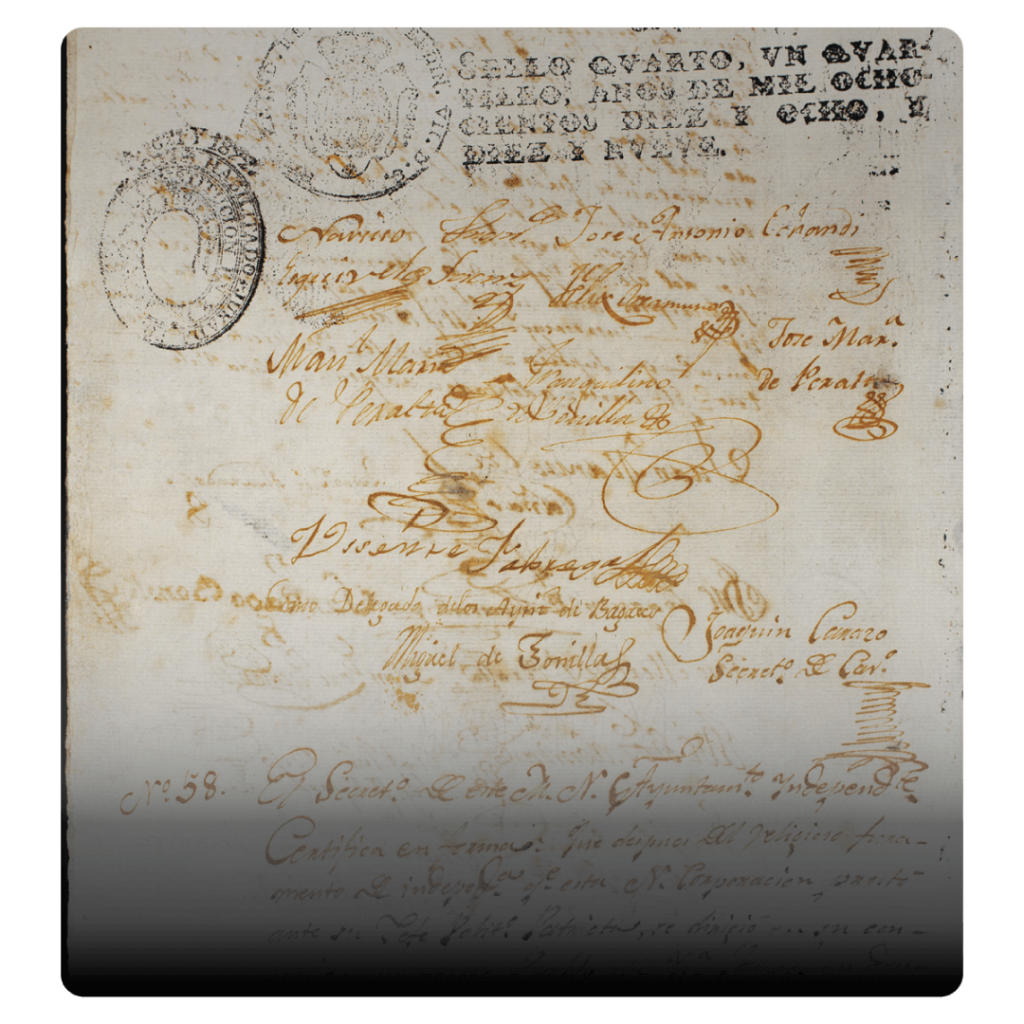
The Act of the Clouds declares independence from the authorities of Guatemala unilaterally, without any consultation with the inhabitants of the province. In addition, it expresses the desire for autonomy that had already been expressed in 1812, when León aspired to become a Captaincy General. There is no doubt that the section by which the Act is known, however, seems to establish a “waiting period”, in case King Ferdinand VII decided to send reinforcements to quell the independence movements.
The ” Act of the Clouds” expressed the disagreement of the Intendencia de León (to which Costa Rica belonged) with the agreement of the Guatemalan authorities, asking the Costa Ricans to wait “until the clouds of the day clear up”. This reflected the uncertainty as to whether the Spaniards would reverse the independence.
Navigate articles



